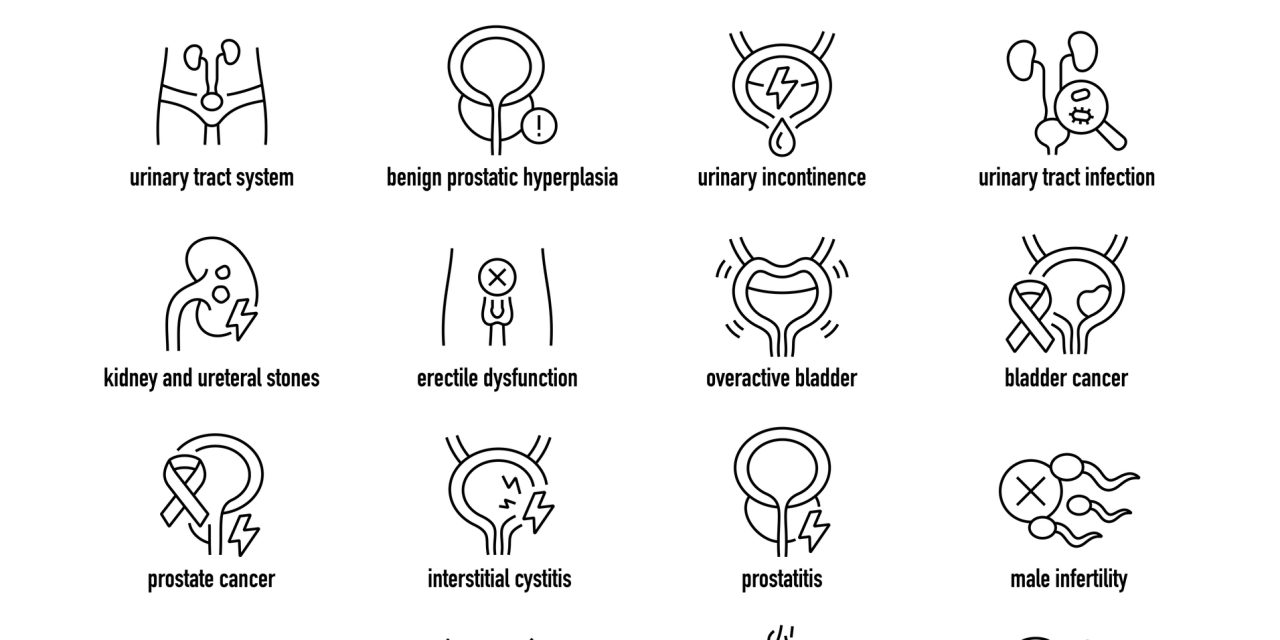In this study we see Patients with obstructive pyelonephritis (OPN) require critical decompression through retrograde ureteral stent (RUS) or percutaneous nephrostomy (PCN). In 2016, the urology and interventional radiology (IR) divisions at our organization set up a convention for patients with OPN with sepsis. The essential goals were to survey this current convention’s effect on improving chance to decompression and whether more catalyst decompression diminished length of stay (LOS). Optionally, we evaluated the effect of the convention and clinical elements on receipt of PCN over RUS. One hundred 47 patients at our foundation who went through PCN from 2012 to 2017 or stent from 2014 to 2017 for stone-related OPN meeting sepsis standards were reflectively evaluated. Univariate engaging insights thought about patient attributes and results among RUS and PCN pre-and postprotocol usage. Multivariable strategic relapse evaluated indicators of decompression with PCN (versus RUS) and of delayed LOS (pLOS; >5 days).
Utilization of PCN expanded after usage of the convention from 4 to 14 PCN/year with an abatement in the middle time from urologic meeting to PCN from 9.2 to 4.3 hours (p = 0.001) with by and large middle chance to decompression diminishing from 5.4 to 4.5 hours (p = 0.017). Indicators of going through PCN (versus RUS) included expanding comorbidity and ≥1 cm impeding stone. On multivariable examination controlling for comorbidity, leukocytosis, and septic stun, expanding hours to decompression expanded chances of pLOS (1.08, 95% certainty span 1.02–1.15, p = 0.014). In the wake of actualizing our OPN with sepsis convention, time to decompression diminished with emotional improvement so as to PCN.
Reference link- https://www.liebertpub.com/doi/10.1089/end.2020.0626


